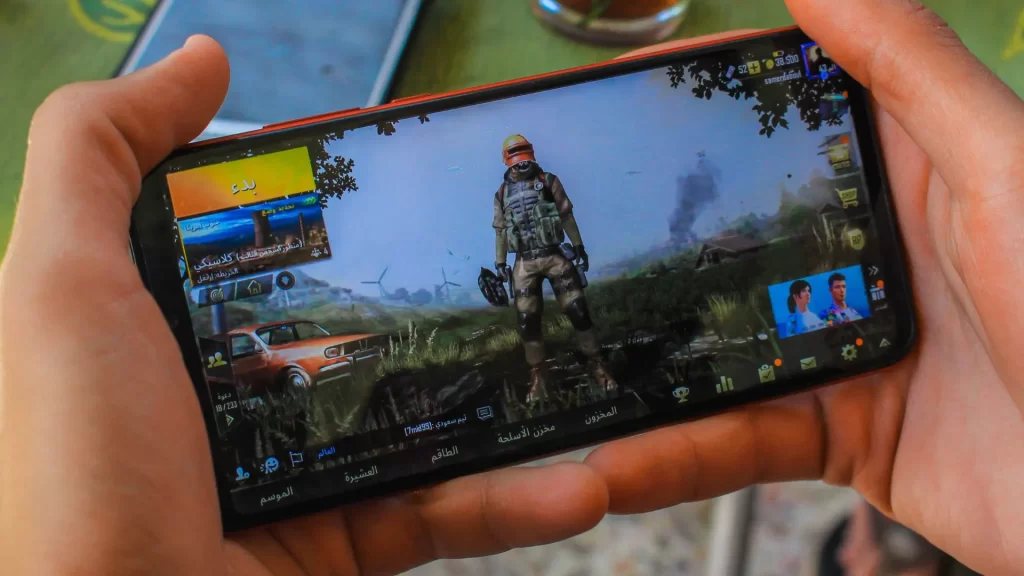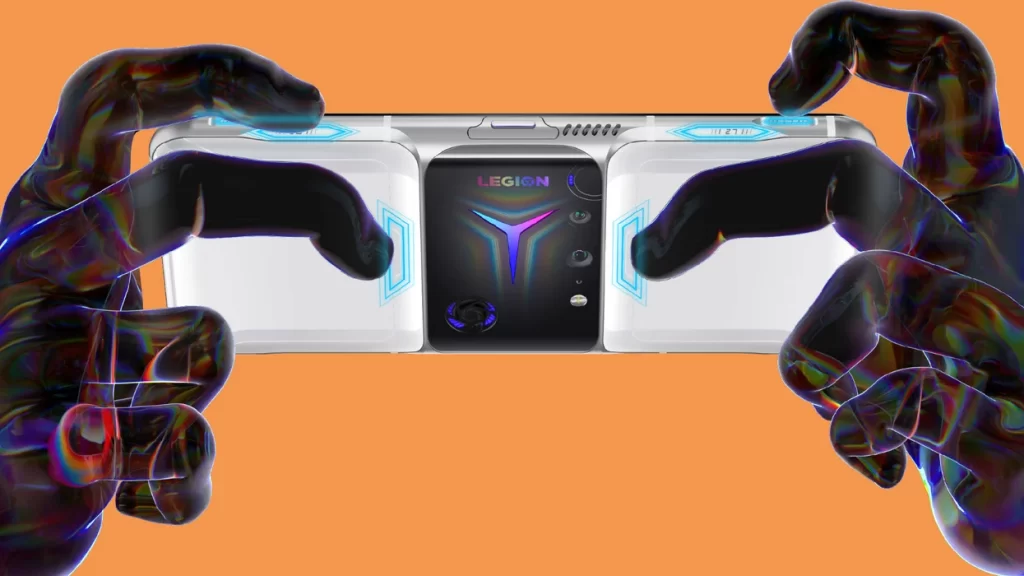Why should you learn how to port a Unity game to Android? Well, that is the question in the spotlight at the moment. In the ever-evolving world of mobile gaming, Android has emerged as a dominant platform with millions of users worldwide.
As a game developer, tapping into this vast user base can be a game-changer for your career and the game’s success. However, to make your game accessible to Android users, you’ll need to understand how to port a Unity game to Android effectively. If your goal, however, was to understand how to port your game to iOS, don’t worry – we’ve got you covered here!
Porting a game from Unity to Android involves a series of complex steps that require both technical expertise and careful planning. In this comprehensive guide, we will walk you through the entire process, covering everything from the basics to advanced techniques. By the end, you’ll have a clear understanding of what it takes to learn how to port a Unity game to Android.
Read: How to develop a 2D game in Unity?

How to port a Unity Game to Android?
Porting a Unity game to Android can be a multi-step process, involving several technical and non-technical aspects. Here’s a detailed step-by-step guide to help you accomplish this:
1. Prerequisites:
Ensure you have Unity installed on your computer – you can download it from the official website.
Install Android Studio and make sure it’s up to date. Android Studio includes essential tools for Android development.
2. Prepare your Unity project:
Before making any changes, create a backup of your Unity project to avoid data loss.
3. Configure Unity for Android:
Platform Selection:
In Unity, open your project.
Go to “File” -> “Build Settings.”
In the Build Settings window, select “Android” as the target platform.
Click the “Switch Platform” button.
4. Adjust player settings:
In the Build Settings window, click on “Player Settings.”
Update the following settings:
Company Name: Your company name or developer name.
Product Name: The name of your game.
Default Icon: Set your game’s icon for Android.
Minimum API Level: Choose the minimum Android version your game will support.
Package Name: This should be unique, typically in reverse domain format.
5. Configure resolution and aspect ratio:
In Player Settings, scroll down to “Resolution and Presentation.”
Set the desired resolution and aspect ratio for your game. Android devices come in various screen sizes and ratios, so consider multiple resolutions.
6. Handling Permissions:
In Player Settings, scroll down to “Other Settings.”
Add any necessary permissions your game requires, like camera access, storage access, etc.
7. Set up input:
Ensure your game’s input methods (touch controls, accelerometer, etc.) are compatible with Android devices.
8. Optimize assets:
Android devices have varying hardware capabilities. Optimize your game’s assets (textures, models, etc.) for performance on mobile devices.
9. Build your Android APK:
Go back to the Build Settings window.
Click on “Build” or “Build and Run” to generate the Android APK (Android Package) file.
Choose a directory to save the APK.
10. Testing:
Connect an Android device to your computer via USB, or use an emulator from Android Studio.
Enable USB debugging on your Android device (found in Developer Options).
Build and run the game on your Android device or emulator to test it.
11. Debugging and Optimization:
Test your game thoroughly on various Android devices to identify and fix any compatibility issues. You can use Unity’s debugging tools to identify and resolve any runtime errors.
12. Publishing:
Once your game is thoroughly tested and optimized, you can publish it to the Google Play Store or other Android app stores. You’ll need to create a developer account and follow their submission guidelines.
Why Unity?
As you may already know, Unity is a versatile and powerful game development engine that allows developers to create 2D, 3D, augmented reality (AR), and virtual reality (VR) games for a wide range of platforms, including PC, consoles, and mobile devices. It offers a user-friendly interface, a vast library of assets, and a strong community of developers, making it a preferred choice for game development.
Unity’s cross-platform capabilities are one of its standout features. Developers can create a game once and deploy it on multiple platforms, including Android, iOS, Windows, Mac, and more. This flexibility is particularly valuable for reaching a broader audience, which is probably your goal when porting a game.
Why should I port a game to Android?
Now you already know a lot about how to port a Unity game to Android. Porting games can open up a world of opportunities and advantages to several people, including:
- Expanding your audience: Android has a massive user base, with billions of devices worldwide. This means that the platform single-handedly increases your potential player base.
- Increased revenue potential: Android users are known for their willingness to spend on apps and games. By making your game available on the platform, you can tap into this lucrative market.
- Diverse hardware support: Android devices come in various shapes and sizes, from smartphones and tablets to Android TVs and even foldable devices. Porting to Android allows your game to run on a wide range of hardware.
- Global reach: Android’s global presence means your game can reach players from all corners of the world, enhancing its exposure and popularity.
- Marketing opportunities: Google Play Store provides a platform for promoting and monetizing your game; you can take advantage of Google’s ad services and in-app purchases to boost your game’s visibility and revenue.
What kind of skills do I need to port a Unity game to Android?
Porting a Unity game to Android requires a combination of technical skills, careful planning, and a thorough understanding of both Unity and the Android platform. Here are the key skills and knowledge areas you’ll need after you understand how to port a Unity game to Android:
Unity Proficiency: Before you can port your game, you need to be proficient in Unity game development. You should understand game mechanics, scripting, asset management, and scene design within the Unity environment.
Android Development Basics: Familiarize yourself with Android development basics, including the Android Studio IDE, Java or Kotlin programming, and Android architecture. Knowledge of Android development will help you adapt your game to the Android platform seamlessly.
Android Device Variability: Android devices come in various sizes, resolutions, and hardware configurations. Understanding how to optimize your game to run smoothly on different devices is crucial.
UI/UX Design: Consider the differences in user interface and user experience between PC and mobile. Your game may require adjustments to ensure a seamless and enjoyable gaming experience on Android devices.
Performance Optimization: Android devices have varying levels of processing power and memory. Learning how to optimize your game’s performance, minimize resource usage, and implement efficient rendering techniques is essential.
Asset Optimization: Optimize your game’s assets, including textures, models, and audio, for mobile platforms. Reducing file sizes without compromising quality is key to a smooth Android gaming experience.
Input Handling: Adapt your game’s input handling to support touchscreen controls, virtual buttons, and device-specific input methods commonly used on Android devices.
Testing and Debugging: Extensive testing on various Android devices is necessary to identify and resolve compatibility issues and performance bottlenecks. Familiarize yourself with debugging tools and best practices for Android development.
Platform-Specific Features: Android offers unique features, such as in-app purchases, ads integration, and cloud save services. Understanding how to implement these features can enhance your game’s functionality and monetization.
Publishing on Google Play: Learn the ins and outs of publishing your game on Google Play Store, including creating store listings, setting up monetization strategies, and handling updates.
Legal and Licensing Considerations: Be aware of legal and licensing requirements for publishing games on Android, including copyright, trademark, and privacy policies.

Now you know how to port a Unity game to Android! But if you’re still struggling with it…
Porting a Unity game to Android is a rewarding endeavor that can significantly boost your game’s reach and revenue – but it may seem challenging to some people, even with the right skills and knowledge.
If you want to port your game to Android – or even create one from the ground up – Main Leaf can help you with that! With dedication and a passion for game development, we can create a seamless and enjoyable gaming experience together for Android users worldwide! Our team is ready to help and support you in this journey.
Get a quote by filling out the form below – we’ll answer you within 24 hours.

